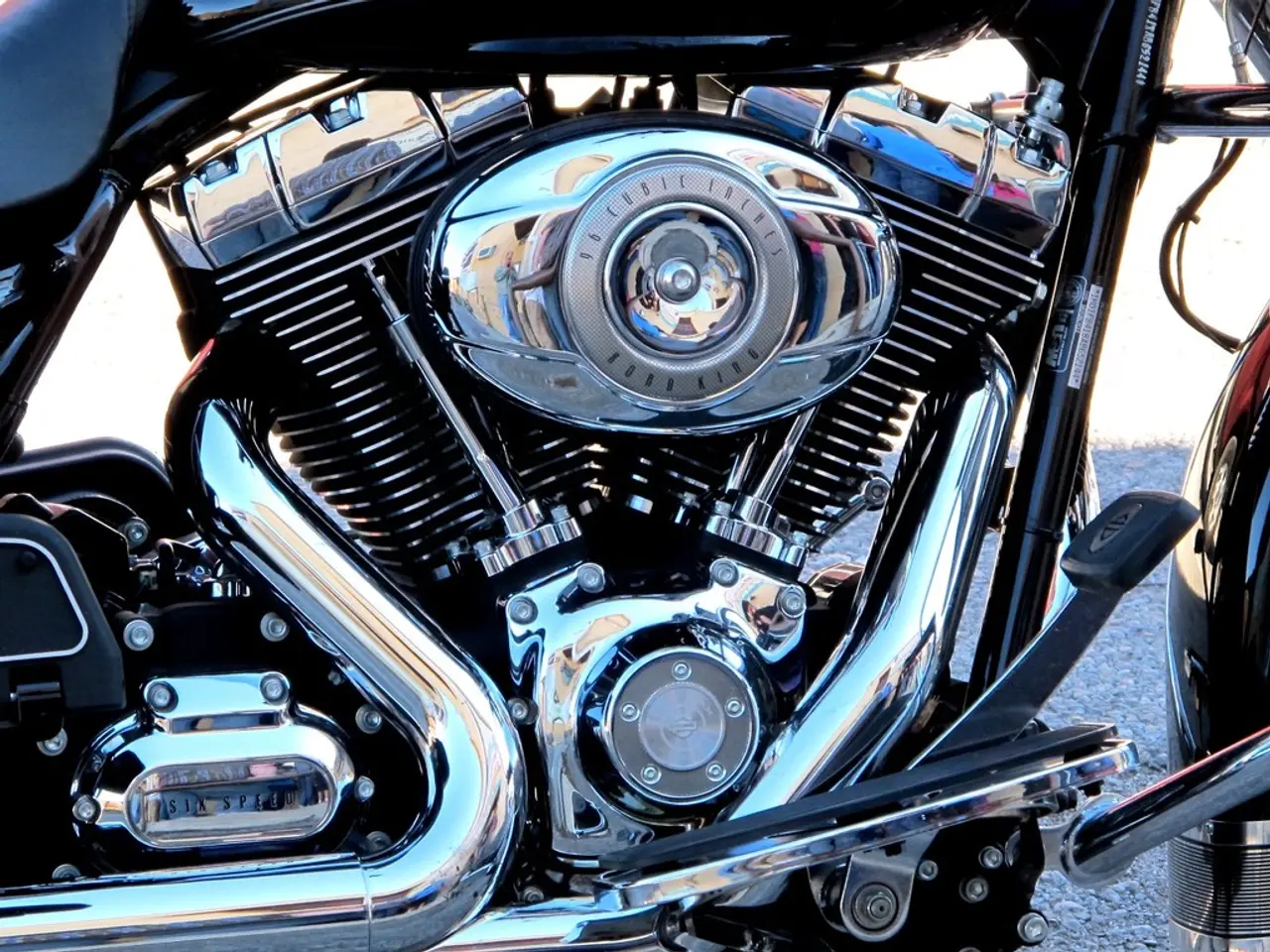Navigating NMEA 2000, Harnessing Raspberry Pi 5's Potential with OpenPlotter 4
In the realm of marine technology, the Raspberry Pi 4 and Raspberry Pi 5 have emerged as popular choices for building affordable and efficient NMEA 2000 networking systems. These miniature computers, available on platforms like Amazon, AliExpress, and Tiendatec, are ideal for hobbyists and professionals alike.
A recent tutorial has shed light on the integration of old and new equipment, data accessibility from anywhere, and the intricacies of NMEA 2000 networking, including its variants like SeatalkNG and SimNET. The video also demonstrates diagrams for connecting equipment using the Mac Arthur HAT and the budget-friendly CAN-BUS HAT, as well as building custom cables using UTP cable and connectors.
For those interested in comparing the Raspberry Pi 4 and Raspberry Pi 5 specifically for use with NMEA 2000 networking, it's essential to understand their differences. The Pi 5, an evolution of the Pi 4, offers improved CPU performance, better IO throughput, and enhanced networking capabilities, making it a better choice for handling data-intensive and real-time networking tasks.
Both Pi 4 and Pi 5 support network booting and running modern Linux distributions, which are useful for marine applications leveraging software like Venus OS or Signal K that interact with NMEA 2000 data. The Pi 5’s improved USB and Ethernet interfaces are advantageous if you plan to use Ethernet-to-CAN adapters or USB CAN interfaces for a more reliable and flexible NMEA 2000 setup.
When it comes to CAN Bus connectivity, it's crucial to note that NMEA 2000 runs on CAN at 250 kbps, a relatively low bandwidth compared to typical CAN-FD speeds. The Pi CAN interfaces must support this protocol and speed for reliable communication. A promising architecture involves converting CAN to Ethernet for connecting to the Raspberry Pi, given the Pi’s strong Ethernet capabilities (especially on Pi 5), making it a potential node in NMEA 2000 networks using Ethernet bridging.
Two HAT options for Raspberry Pi are discussed: the budget-friendly CAN Bus HAT and the MacArthur HAT. The budget-friendly CAN Bus HAT, while affordable, typically uses basic components and may lack marine-grade features. On the other hand, the MacArthur HAT delivers professional-level quality, robustness, and connectivity tailored for NMEA 2000, offering waterproofing and solid construction.
For budget-conscious hobbyists or developers experimenting with NMEA 2000 on a Raspberry Pi, the budget-friendly CAN Bus HAT is a practical start. For marine-grade, reliable deployment, focus on the MacArthur HAT, which uses M12 connectors and offers waterproofing and solid construction, making it more suitable for harsh marine environments and professional-grade NMEA 2000 networks.
In summary, the Raspberry Pi 5 improves on Pi 4 with better performance and connectivity, suitable for more advanced or demanding NMEA 2000 applications. Budget CAN Bus HATs provide an affordable path but often lack marine-grade features. The MacArthur HAT delivers professional-level quality, robustness, and connectivity tailored for NMEA 2000, making it an ideal choice for marine-grade, reliable deployment. Combining Raspberry Pi 5 with a MacArthur HAT provides a strong platform for reliable, scalable marine networking setups.
In light of the growing interest in integrating wind turbine systems with NMEA 2000 networking, one might consider utilizing the Raspberry Pi 4 or Raspberry Pi 5 due to their popularity and efficiency in marine technology. Furthermore, the improved CPU performance, IO throughput, and networking capabilities of the Raspberry Pi 5 make it a potential choice for handling data-intensive and real-time networking tasks, especially when compared to its predecessor, the Raspberry Pi 4.




